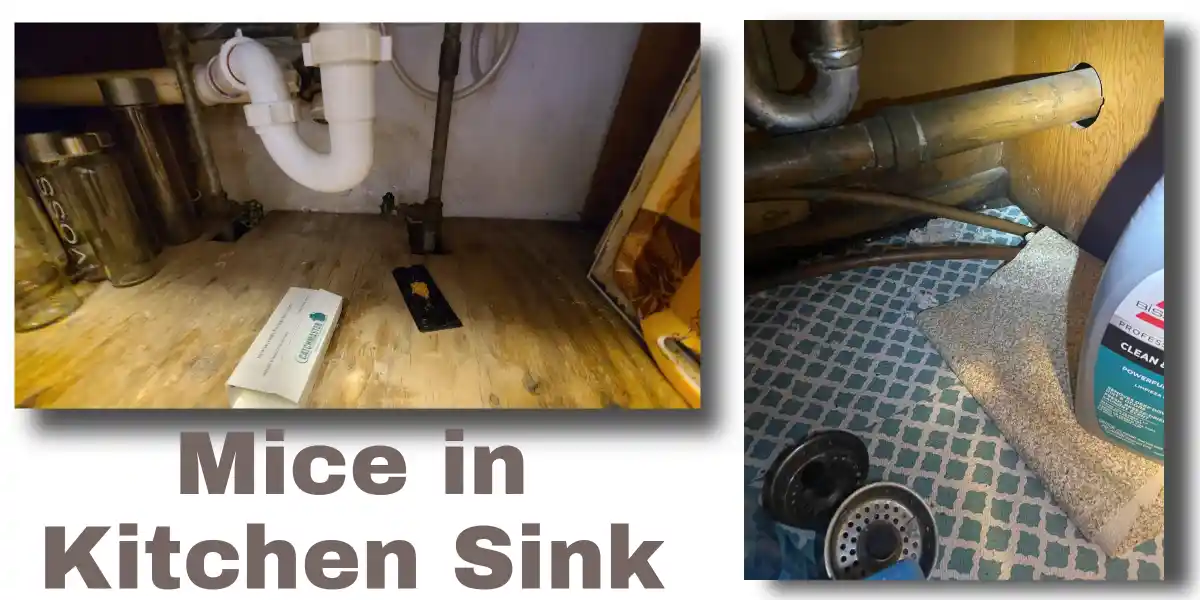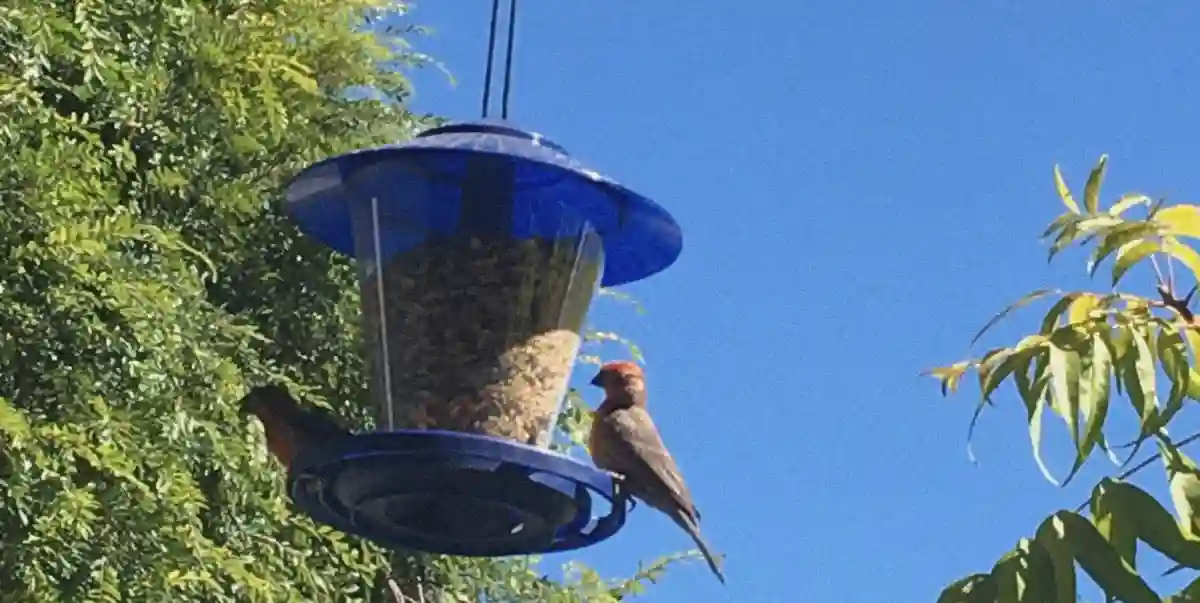You will agree that many commercial rat poisons just contain special chemicals that get rid of rats. So, if you prioritize saving money, you can create the best homemade rat bait with the help of this guide.
The recommendations here are even safer, compared to some of the chemicals you find in commercial rat poison. Within the comfort of your home, you can create rat poisons using everyday items such as plaster of Paris, flour, or cornmeal. While these homemade options are safer, you need to keep them away from children and pets so they do not ingest the poison.

1. Best Homemade Rat Bait with Plaster of Paris, Cornmeal, and Milk
It is easy to make homemade rat bait. Just follow the simple steps here for the various bait options.
1. Combine 1/4 lb (110 g) of plaster of Paris and 1/4 lb (110 g) of cornmeal in a big bowl.
Just make sure to use the same amount of both ingredients. You can find plaster of Paris in craft and home improvement stores. Cornmeal is available at your local grocery store.
If you do not have a scale, you can simply use a cup or mug to measure equal parts of both ingredients. And if you don’t have cornmeal, you can substitute it with flour using the same amounts. The plaster of Paris becomes hard in the rats’ stomachs, which eventually causes them to die.
2. Add sugar
You can make it more tempting for rats by adding 1/3 cup (55 g) of sugar. You don’t have to do this, but the sweetness of the sugar will make the rats more likely to eat the mixture. So, after mixing equal parts of plaster and cornmeal, add half as much sugar.
3. Add 1 cup (240 mL) of milk
Pour the milk into the powdery mixture until it forms a dough. You might need more milk later, but begin with this amount to avoid making the mixture too wet, which could prevent it from working properly.
If you don’t have milk, you can use water instead. Milk makes it more flavorful to attract rats, but they will still be drawn to the cornmeal or flour alone.
4. Use your hands to mix the mixture well
It’s not harmful to people, but plaster of Paris can sometimes irritate the skin, so wear gloves. If the mixture isn’t sticking together or there’s still loose powder, add more water or milk, a little bit at a time.
You want the dough to be like clay, not too runny. If it seems too watery, add equal parts of plaster and cornmeal/flour, just a spoonful at a time, until it reaches the right texture.
5. Make balls from the mixture by pinching off pieces
You can roll them between your hands. Create small, medium, and large balls. Put these balls where you’ve seen signs of rats (but away from children and pets). Check back in a day or two to make sure the rats are eating them.
Rats have different tastes, so using various ball sizes helps attract more rats to eat the poison. If the balls are not being eaten, try moving them to a different spot. If the rats still don’t show interest, you might have to make a fresh batch.
After the rats begin to die, clean up their droppings and any mess to discourage more from returning. Rats are drawn to the smell of other rats, so use disinfectant to eliminate their scent as well.
2. Homemade Rat Bait with Flour, Sugar, and Baking Soda
For this best homemade rat bait, you need flour, baking soda, and sugar.
1. Combine the solution
Mix equal amounts of flour and sugar in a small bowl, beginning with 2/3 cup (135 g) of sugar and 2/3 cup (85 g) of flour. This is what attracts the rats to the baking soda. Then, add an equal amount of baking soda to the mix and stir it all together.
You can use cornmeal instead of flour or hot chocolate mix instead of sugar. Blend the mixture in a blender to make it even. You can also combine 1 part baking soda with 2 parts peanut butter.
2. Put the mixture in small bowls or lids
It’s better to use bowls you can throw away or reuse lids from food containers, so you don’t have to use them again if a rat touches them. Pour some of the mixture into each bowl.
3. Place the containers where you’ve spotted the rats
If you’ve seen rats near the stove or in your shed, put the bowls along the walls there. If you notice spots where they’ve dug, put a bowl nearby so the rats can have a snack.
Keep an eye out for rat droppings, which are small, oblong feces. They’re a good sign that there are rats around. The baking soda mixes with the acid in the rats’ stomachs and makes a lot of carbon dioxide, which eventually leads to them passing away.
3. Instant Mashed Potatoes Homemade Rat Bait
This homemade rat bait requires instant mashed potatoes.
1. Put bowls of instant mashed potatoes where you notice rats
Pour potato flakes into containers you can toss later. Place them where you’ve seen rats to block their way with the potato flakes.
Use flat bowls or lids you can throw away. Put at least 1/2 cup (50 g) of food in each bowl so the rats can eat a lot.
2. Place water bowls close to the potato flakes
For this to work, rats must drink water after eating the potato flakes. Rats are usually good at finding water but put small bowls of water near the potato flakes just to be sure they have something to drink.
Rats are attracted to the food, so they will come to eat the dry flakes. When they drink water, the bloating that follows will eventually lead to their deaths.
Check the bowls regularly to see if the flakes are being eaten. If the rats aren’t eating them, you might need to move the bowls to a different spot or add 1-2 spoonfuls of sugar to make the food more tempting.
4. Peanut Butter Homemade Rat Bait Using Bleach
You can also use bleach to make rat poison, although it works mostly as a deterrent.
1. Mix bleach and peanut butter in a container
Put 1 tablespoon (15 mL) of bleach and 2 tbsp (32 g) of peanut butter in a bowl and mix well. Ensure that the mixture is thoroughly combined.
Use a ceramic, glass, or plastic bowl for this method because metal bowls can react when they touch bleach.
2. Put the rat poison in places where you’ve seen rat droppings
Use small, disposable containers like takeout lids for the peanut butter mixture and place them along the paths where you’ve spotted the rats.
Every day, look at the containers to see if the poison is being eaten by rats. If it’s running low, refill the bowls.
Natural Homemade Repellents
If homemade rat bait is not an option, consider natural repellents such as peppermint oil and bay leaves.
1. Peppermint oil
You need to mix 15-20 drops of peppermint oil or extract with 1 cup (240 mL) of water in a spray bottle. Then, spray this mixture in the places where rats are getting into your home because rats don’t like the smell of peppermint.
Spray the area with the peppermint mixture regularly, like once a week. This can also help keep spiders away.
Alternatively, you can soak cotton balls in peppermint oil and put them in the spots where you have noticed rats.
2. Bay Leaves
You can use bay leaves to deter rats. They don’t like the smell, and if they chew on them, it might be toxic enough to harm them. Just scatter dried bay leaves or fresh ones if you have a bay plant around your home. This can also cause tummy problems in other pets like cats and dogs.
3. Castor Oil
If you do not have bay leaves handy, you can use castor oil in lines to keep rats away. Rats don’t like the smell, much like how citronella keeps mosquitos away. Create lines of the oil where you want to block the rats from going. If you’re using castor oil outdoors, remember to make those lines again after it rains.
4. Ammonia
You can try using ammonia or glass cleaner to deter rats. They don’t like the smell. Mix 1 tablespoon (15 mL) of ammonia with 4 cups (0.95 L) of water and spray it where you’ve seen rats. Or, use a glass cleaner containing ammonia instead. Don’t ever mix ammonia and bleach because it makes harmful fumes.
5. Predators
Perhaps, getting a cat to help with rats. Some places have programs where you can “hire” working cats from animal shelters. These cats are good at catching rodents, so check with your local shelter to see if they have any available.
- The Rats Who Preferred Sugar Over Cocaine – HuffPost
- WHAT FOOD SOURCES ATTRACT RODENTS? Victor
- 7 plants that keep mice and rats from invading your home – Tom’s Guide
Read also: What Kills Rats Instantly Outside?





